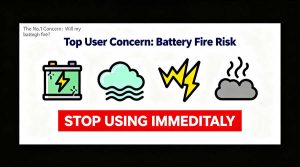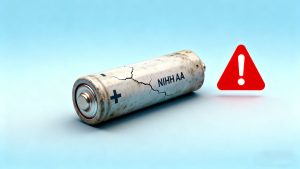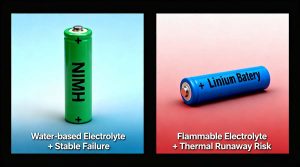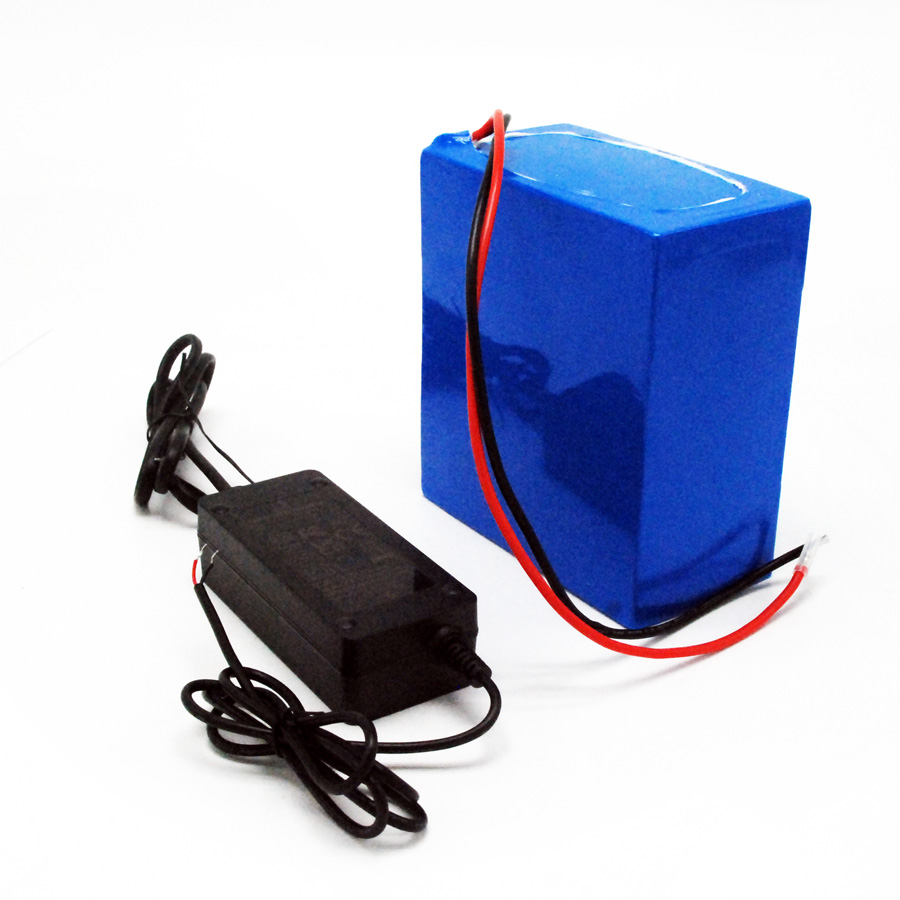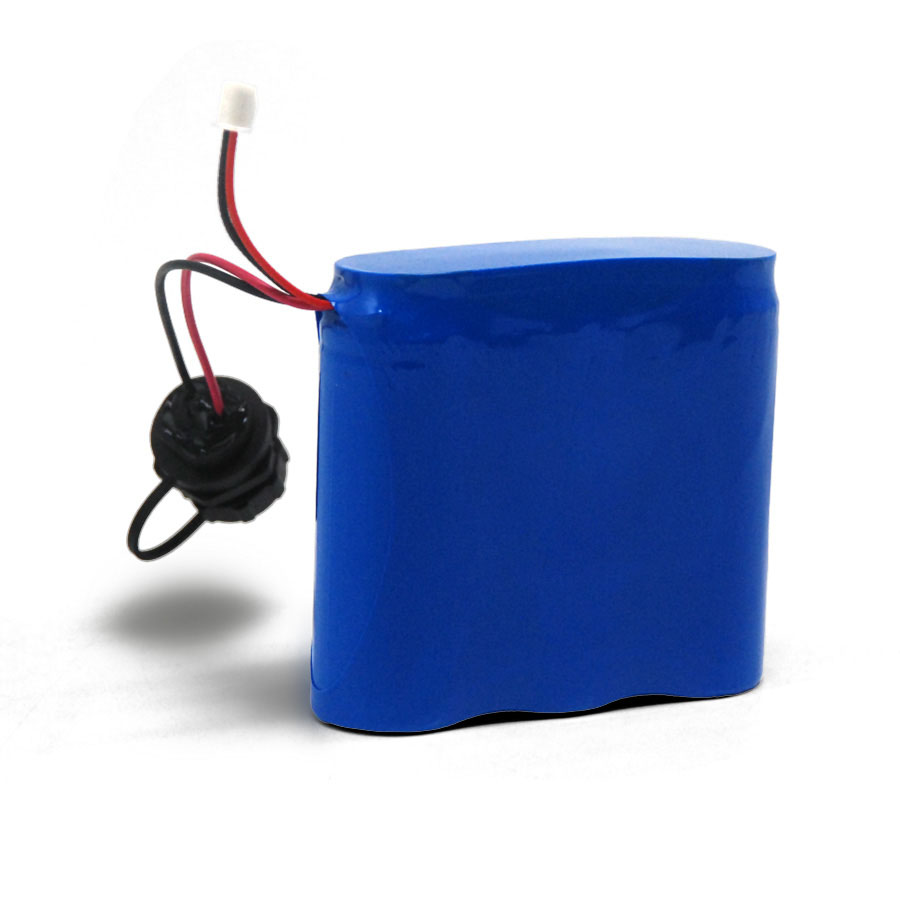When we posted on r/batteries asking, “As a lithium battery manufacturer, how can we improve how we communicate safety?” we expected some technical comments. Instead, we received something much more valuable — a detailed look into the real fears, misunderstandings, and expectations users have about lithium batteries.
This blog summarizes the most common concerns shared by the community and offers practical, manufacturer-backed advice to help both everyday users and engineers stay safe, informed, and confident when using lithium-based batteries.
1. The No.1 Concern: “Will my battery catch fire?”

Nearly every conversation came back to one underlying fear: thermal runaway. People worry about fire risk because:
- They’ve seen dramatic YouTube videos.
- They’ve heard stories about devices igniting during charging.
- They’re unsure what “normal heat” vs. “dangerous heat” really means.
- Many don’t trust generic chargers or unbranded cells.
What Users Need Most: Clarity, Not Comfort
The community didn’t want manufacturers to say “it’s safe.” Instead, they want:
- Clear early warning signs
- Action steps that are easy to remember
- Honest explanations about what causes things to go wrong
Straightforward Safety Checklist (manufacturer-verified)
Stop using a battery immediately if you notice:
- Swelling or “puffing”
- Unusual chemical smell
- Hissing sound
- Temperature rising while idle
- Smoke or discoloration
- Melting shrink wrap
Do this instead:
1.Move the battery outdoors or to a fire-safe area.
2.Place it on a nonflammable surface (concrete, metal, ceramic).
3.Keep distance and avoid touching it bare-handed.
4.Dispose of it at a battery recycling facility — never in household trash.
These simple steps came up repeatedly as the most helpful type of information.
2. Charging Anxiety: “Am I charging this wrong?”
This might be the most realistic daily worry people have.
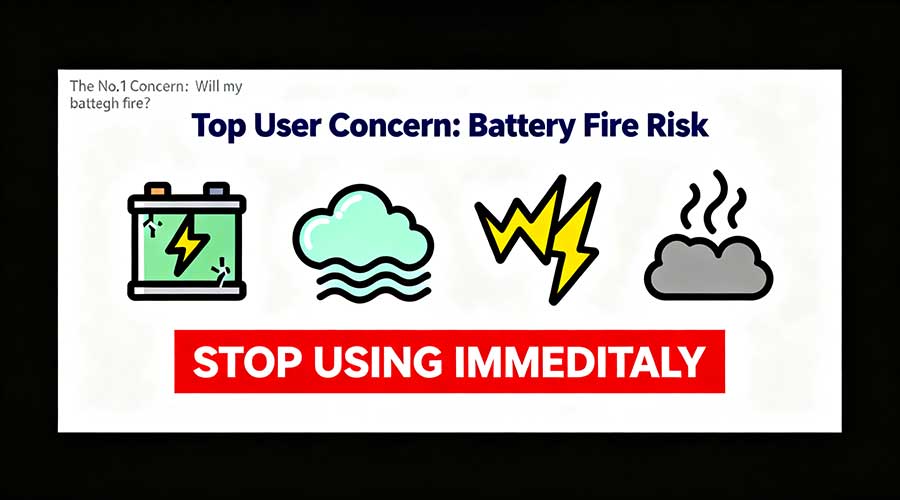
Many users shared that they always wonder:
- Is overnight charging dangerous?
- Is my charger safe?
- Do I need a fireproof bag?
- Why does my battery get warm sometimes?
What We Learned
People aren’t looking for generic advice — they want specific do/don’t rules.
Clear Charging Guidelines (Himax standard recommendations)
Safe practices:
✔ Use a charger certified to UL, CE, or ETL standards
✔ Charge on a hard, nonflammable surface
✔ Unplug once fully charged (for small consumer cells)
✔ Charge between 10°C and 40°C (50°F–104°F)
✔ Monitor new batteries the first few charging cycles
Avoid:
✘ Charging on a bed or couch
✘ Leaving a damaged battery on a charger
✘ Mixing fast chargers with old cells
✘ Charging in extremely hot or cold environments
Do you need a fireproof LiPo bag?
The community consensus:
- For RC LiPo packs → yes, recommended
- For protected cylindrical cells → helpful but not mandatory
- Manufacturers should explain what type of battery benefits most
Himax will now explicitly label:
“Thermal safety level: high / medium / low — based on chemistry + casing + BMS protection.”
2. Storage Worries: “I’m afraid I’m storing this incorrectly.”
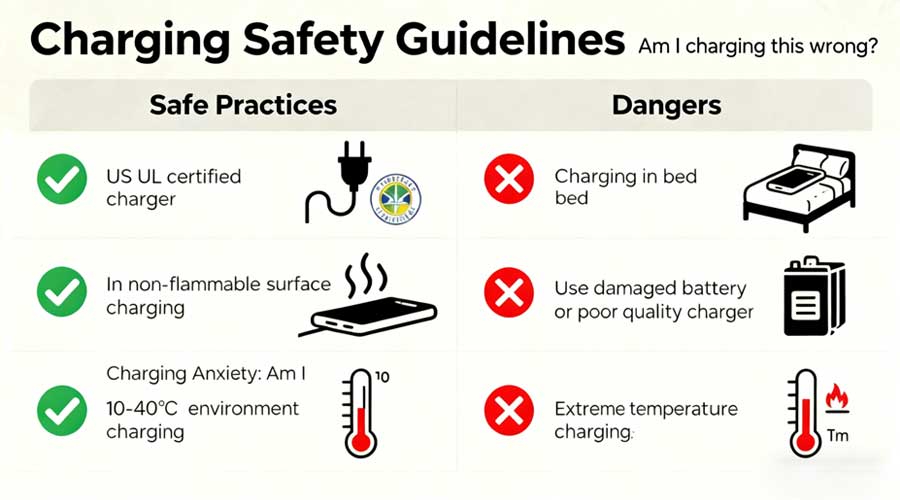
Many users admitted they didn’t know how to store batteries safely or long-term.
Common misunderstandings
- Storing batteries fully charged
- Leaving batteries in devices long-term
- Keeping lithium cells inside hot cars
- Storing batteries in plastic bags where terminals may short
Manufacturer-Recommended Storage Rules
- Store at 30–50% charge
- Keep between 10°C–25°C (50°F–77°F)
- Avoid humidity and direct sunlight
- Keep terminals protected (use caps, tape, or original packaging)
- Check state-of-charge every 3–6 months
For bulk buyers:
Himax recommends using rotating stock (FIFO) to prevent over-aged inventory.
4. Technical Buyers’ Concerns: “How do I know your QC is real?”
Engineers and procurement managers voiced different worries than consumer-level users.
Their top concerns:
- Internal resistance (IR) variation within a batch
- Cycle life and capacity retention curves
- BMS reliability under fault conditions
- Whether the supplier actually performs IEC/UN certification tests
- Cell matching consistency for large pack orders
What They Want From Manufacturers
1.Real data, not marketing claims
2.Accessible test reports
3.Clear QC sampling methods
4.Failure-mode explanations (what happens if something goes wrong?)
5.Customization transparency (what can be tuned—BMS, C-rate, IR sorting?)
Based on this, Himax is preparing downloadable PDFs including:
- IR distribution charts
- Charge/discharge curves
- Thermal runaway threshold info
- BMS MOSFET protection parameters
- How we perform UN38.3 and IEC62619 testing
5. Confusion About Battery Types: “Which battery is safe for what?”
Many users said the same thing:
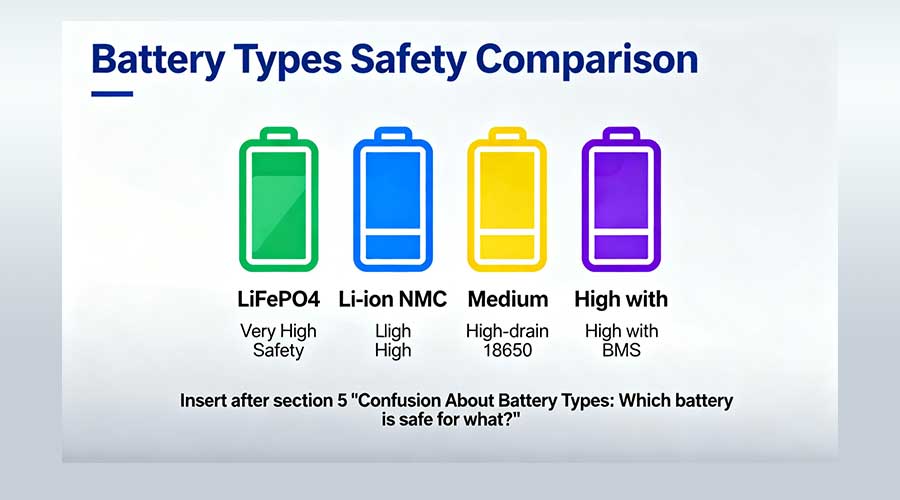
“I wish battery companies explained the difference between chemistries simply.”
Quick Chemistry Guide (Himax simplified version)
| Chemistry | Safety Level | Typical Use | Notes |
| LiFePO4 | Very high | solar, storage, backup power | most stable chemistry |
| Li-ion (NMC) | High | consumer electronics, tools | high energy density |
| LiPo | Medium | drones, RC, compact devices | prone to swelling if abused |
| High-drain 18650/21700 | High | flashlights, tools, e-bikes | requires quality BMS |
Having a simple table like this was a major request from the community.
6. The Biggest Takeaway: People want clear, honest, non-condescending safety info
Users dislike when safety advice is:
❌ too vague
❌ overly “legal” or corporate
❌ unrealistic (“never charge unattended” for a 300Ah pack)
❌ lacking context (“don’t store fully charged — but why?”)
They want:
✔ short, actionable instructions
✔ reasons behind the rules
✔ diagrams, examples, illustrations
✔ guidance based on realistic behavior, not ideal behavior
So Himax is redesigning its safety materials to match how people actually use batteries.
7. What Himax Battery Will Change Based on Community Input
Here’s what we’re implementing going forward:
1. A three-step “If Something Feels Wrong” rule
1.Stop using it
2.Move it to a safe place
3.Recycle it properly
2. A new safety card included in every pack
- Visual icons
- Emergency steps
- Charging temperature ranges
- Storage instructions
- QR code for a technical data sheet
3. A more transparent QC section on our website
Including:
- Sample test reports
- QC flow diagrams
- BMS protections list
- Certificate library
4. A dedicated “Safety & Education” hub on HimaxBattery.com
With practical guides for:
- Flashlight battery selection
- Charging FAQs
- RC LiPo safety basics
- Industrial pack guidelines
Conclusion: Safety Communication Is a Partnership
Our takeaway from talking with the community is simple:
People aren’t scared of lithium batteries — they’re scared of not knowing what’s normal and what’s a warning sign.
At Himax Battery, we’re committed to making safety information more accessible, more honest, and more usable for everyone — from everyday hobby users to large-scale industrial partners.
If you have suggestions or want to see specific safety topics, you can always reach out to us. Your feedback genuinely shapes how we communicate and how we improve our products.
Find articles related to lithium ion batteries


